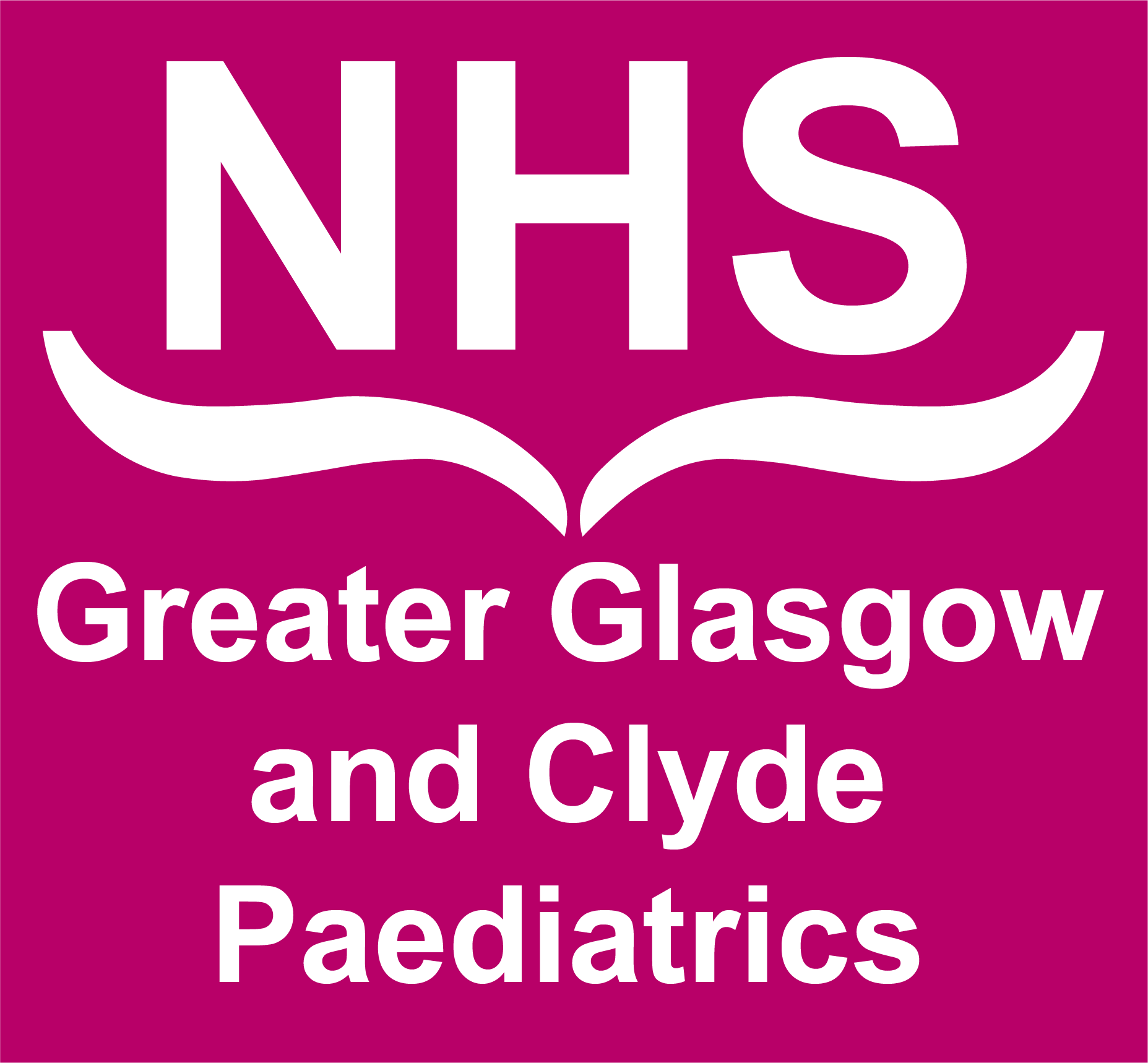Contra-indications to gentamicin therapy: hypersensitivity; myasthenia gravis.
Caution to gentamicin therapy: neonates and infants less than 44 weeks corrected gestational age (CGA); obesity; renal impairment; concurrent administration of neurotoxic and / or nephrotoxic agents that increase the risk of gentamicin toxicity.
Review therapy and consider amending or withholding nephrotoxic drugs during gentamicin treatment. Avoid co-administration with the following: neuromuscular blockers, other potentially nephrotoxic (e.g. NSAIDs and ACE Inhibitors) or ototoxic drugs, potent diuretics, and other aminoglycosides.
This is not an exhaustive list, refer to BNFc and SPC for further information on cautions and contraindications.


